The time Canada took on Shohei Ohtani and won

It’s not always easy to know when you’re witnessing something truly extraordinary. Often it takes a little time and the benefit of hindsight. In the case of the Canadian Junior National Team, it took some mental math.
The day was Aug. 31, 2012. The setting: Seoul, South Korea — specifically Mokdong Baseball Stadium. The park had a capacity 10,500, but on that afternoon there were 125 fans in attendance to watch Canada take on Japan in the 18U Baseball World Championship.
At the time no one had any reason to believe there would be anything particularly consequential about the contest. Enter Shohei Ohtani.
The two-way phenom the baseball world has fallen in love with was no more than a tall 18-year-old then, but he made an instant impression that had the Canadians transfixed on the video board trying to convert kilometres into miles on the fly, admittedly a rare issue for a bunch of kids brought up with the metric system.
“We had this tall lanky righty and I remember thinking, ‘whatever no big deal’,” recalls Jesse Hodges, Canada’s third baseman. “But the radar gun was in kilometres and it was hitting 150 and then we started thinking ‘OK what’s going on here?'”
He wasn’t the only one on the Canadian bench whose eyes widened when he got a look at the numbers.
“Seeing the other pitchers in the tournament they were throwing 130 or whatever, but he was above and beyond that into the 145s or 150,” says Brett Siddall, who hit fifth and played first base that day. “We figured out, ‘hey this guy is doing something special right now.'”
Coming into the game, the Canucks had some intel on Ohtani, but they didn’t know precisely what they were dealing with. In fact, the scouting report back then didn’t have him as Japan’s most dangerous pitcher.
“Their best pitcher at the time was a guy named Shintaro Fujinami in terms of results and performance. He was a right-hander who was a first-round pick in the Japanese league,” recalls Greg Hamilton, the manager of the team and current Director of National Teams. “He was the real horse on that roster who was pretty good in his own right hitting 92, 93, 94 with four pitches and they ran him hard for a ton of innings in that tournament and Ohtani was kind of the highly projectable, big-upside physical arm.”
To be fair, Fujinami is currently a star in Japan with the Hanshin Tigers, but the Canucks didn’t realize what Ohtani was going to bring to the table.
“Greg told us we were facing a guy that was pretty highly regarded,” Siddall says. “So we knew he was going to be pretty good. Then he was throwing 97, 98, 99 and that was something we hadn’t seen before.”
The first man to see Ohtani’s stuff was outfielder Jacob Robson, now at Double-A in the Detroit Tigers system.
“I do remember that [at-bat]. I was the first hitter to face him,” he says. “I was the leadoff guy and I walked. He was throwing hard.”
He was also pretty wild. The first pitch of the day looked like this:

He’d ultimately walk Robson on four pitches. but after a groundout, flyout, and strikeout he escaped the inning with an impression firmly made on the Canadian side.
In the second the shock and awe had worn off, but the Canadians still couldn’t get to him as he struck out the side and showed off both his mighty fastball in a strikeout of Siddall and his feel for the breaking ball by K-ing catcher Owen Spiwak.
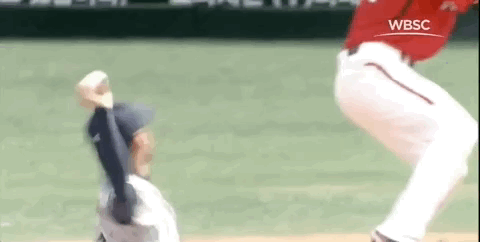
Meanwhile, he was also going to work at the dish, where he stunned the Canadians by hitting cleanup.
“A lot of guys do that in high school, but never at the national level,” says Ryan Kellogg, his counterpart on the mound. “To able to pitch that way and say ‘I’m going to hit cleanup too’ takes a truly special talent.”
Ohtani managed a strong day at the plate going 1-for-3 with a sacrifice fly and two RBI, and even earned himself an intentional walk in the ninth. That’s a solid day at the office in its own right, but it was compounded by how he looked on the mound.
The Canadians were no slouches, though. Seven of the nine players in the lineup that day are in affiliated ball now — and after two scoreless innings, the talented group went to work.
“At the time you can’t be like ‘Oh my god this guy is so good,’ you kind of just have to be in the moment and be ready to go after him,” says Hodges. “I think we were ready to rip this guy’s head off. It didn’t matter who he was.”
In the third, a walk, stolen base, wild pitch, and single from second baseman Kyle Hann put the Canucks on the board. In the next frame, they started their rally the painful way as Siddall took a pitch off the elbow.
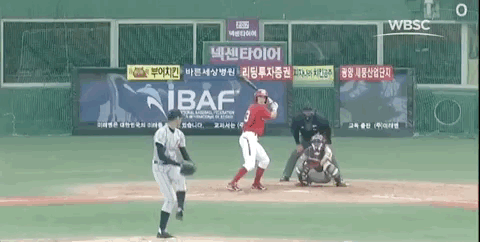
“It got me in the elbow and I ran to first,” he says with a laugh. “Thankfully it must not have got me very hard.”
From there Ohtani put another man on base and two singles from Spiwak and Hodges later the Canadians had chased him from the mound.
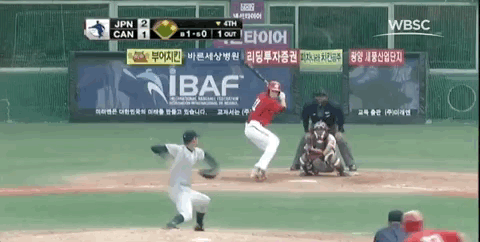
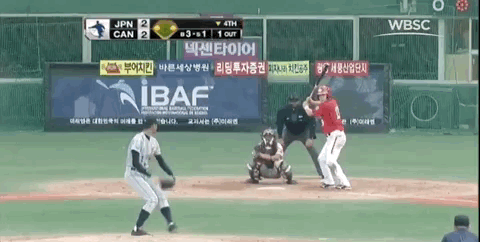
“He walked a few guys and he gave you some opportunities, but we didn’t pound the ball around on him,” Hamilton says of his team’s outburst. “We were more opportunistic than anything.”
Even so, limiting a generational talent to 3.1 innings was a heck of an achievement. It didn’t force him out of the game of course — because he’s Shohei Ohtani — and the Canadians were left to look on in wonder as he casually jogged out to left field.
“You never see a guy going from the mound to left field,” Hodges says. “That’s stuff you see when you’re 13.”
When asked how he might fare doing the same thing after his outing, Kellogg’s not sure, but he’s not particularly optimistic either.
“I generally feel it more the next day, so if you put me out in left I might be OK — I know I only have to make a few throws,” he says. “But if you throw 100-plus pitches and you put me out in the outfield that’d be pretty difficult.”
Yet there Ohtani was, casually throwing the ball around in left.
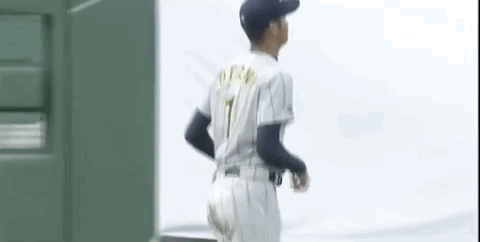
From that point on, Ohtani was just another player and the game was just Canada vs. Japan. The Japanese took a lead in the seventh, the Canadians surged back in the ninth, and ultimately Hodges provided a 10th-inning walk-off home run. Taking down one of the world’s baseball powers, not beating Ohtani, is what mattered to the Canadians.
“Knowing that Japanese baseball is very good, being able to get a win against them in a tournament like that is big,” Kellogg says of the win. “We don’t know what anyone is going to be. We didn’t know what Ohtani was going to be. We didn’t know what anyone on any of the teams was going to be. Nobody does. But beating Japan as a baseball powerhouse was incredible. It was something I’ll never forget.”
The huge Game 1 win helped launch the Canucks on a very successful run.
“We beat the U.S. in extra innings to get a bye to the finals and then the U.S. had to beat Taipei and Japan, and they ended up beating them both by a hair and then they came and played us in the finals and beat us so we came second,” Robson recalls. “We were so proud of our team. We had a great team.”
It was Canada’s best result in the tournament since 1991, and a memorable run for its own sake. It wasn’t until much later that the significance of facing down and beating Ohtani came into focus.
For Kellogg that didn’t happen until this year.
“It was about a month and a half ago, my cousin sent me and my whole family an email with a link on Twitter that was a throwback to that game that had video highlights of him pitching and hitting and some of the essential plays that had gone down in that game,” he says. “At that point that was when it was like, ‘Oh, now it all makes sense.'”
It’s hard for Ohtani’s virtually-unprecedented feats to “make sense,” but Hamilton concurs that what he’s accomplished since fits with what he saw that day.
“You don’t see them like that very often,” he says. “I’m not really surprised he went on to do what he did in Japan and went on to do what he’s done at the highest level of the game.”
Hodges realized a couple of years back the man he did battle with so long ago was the Japanese Babe Ruth. His response? Precisely the one that every coach would want to hear.
“I can’t wait to face him again”



